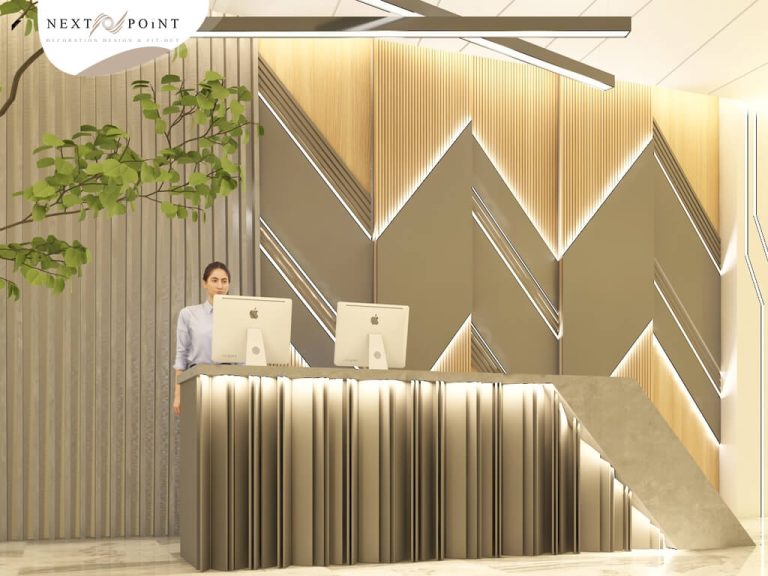Hotel Design
Designing a hotel requires careful consideration of a variety of factors to ensure that it is both functional and attractive to guests. Here are some key elements to keep in mind when designing a hotel:
- Location: Choose a location that is convenient and appealing to guests, with easy access to transportation, shopping, and entertainment options.
- Layout: Create a layout that is efficient and functional, with well-designed public spaces and private rooms that offer comfort and privacy to guests.
- Guest Rooms: Guest rooms should be designed to provide comfort and functionality, with appropriate lighting, ventilation, and furnishings. Consider incorporating elements such as comfortable bedding, seating, and workspaces to enhance the guest experience.
- Public Spaces: Public spaces should be designed to provide a welcoming and comfortable atmosphere for guests, with appropriate lighting, seating, and décor. This can include lobby areas, restaurants, and meeting spaces.
- Amenities: Consider incorporating amenities that enhance the guest experience, such as fitness centers, swimming pools, spas, and other recreational facilities.
- Sustainability: Design the hotel with sustainability in mind, incorporating energy-efficient technologies and environmentally friendly materials and practices.
- Safety: Ensure that the hotel is designed with safety in mind, incorporating appropriate fire suppression and security systems.
By considering these key elements, you can design a hotel that provides a comfortable and enjoyable experience for guests, while also being efficient, sustainable, and safe.

Hotel Design Interior
When designing the interior of a hotel, there are several important factors to consider to create a welcoming and comfortable environment for guests. Here are some key elements to keep in mind:
· Layout: The layout of the hotel interior should be functional and easy to navigate, with well-designed public spaces and private rooms that offer comfort and privacy to guests.
· Color scheme: Choose a color scheme that is warm and welcoming, while also being consistent with the overall brand identity of the hotel. This can include a combination of colors that are calming and relaxing, such as blues and greens, and warmer colors such as yellows and oranges that create a cozy atmosphere.
· Lighting: Lighting plays a critical role in setting the mood and atmosphere of the hotel interior. Incorporate a mix of natural light and artificial lighting, including ambient lighting, task lighting, and accent lighting to highlight key features or artworks.
· Furniture: Choose furniture that is both comfortable and functional, with a style that complements the overall design of the hotel interior. This can include chairs, tables, and sofas that are appropriate for the different areas of the hotel.
· Décor and artwork: Incorporate décor and artwork that enhance the overall atmosphere of the hotel, while also reflecting the local culture and brand identity. This can include paintings, sculptures, and other decorative objects.
· Amenities: Design the interior of the hotel to incorporate amenities that enhance the guest experience, such as fitness centers, spas, restaurants, and lounges.
· Sustainability: Consider incorporating sustainable design elements, such as energy-efficient lighting and HVAC systems, recycled materials, and low VOC paints and finishes.
By considering these key elements, you can design a hotel interior that provides a comfortable and enjoyable experience for guests, while also being functional, sustainable, and aesthetically pleasing.
Hotel Design Architecture
When designing a hotel, the architecture plays a critical role in creating a memorable and attractive destination for guests. Here are some key architectural elements to consider when designing a hotel:
- Building style: Choose a building style that is consistent with the overall brand identity of the hotel, as well as the local culture and architecture. This can include modern, contemporary, or traditional styles.
- Location: Consider the location of the hotel, including the surrounding landscape and views, when designing the architecture. This can include elements such as natural materials, large windows to maximize views, and outdoor spaces such as balconies or terraces.
- Entrance and lobby: The entrance and lobby of the hotel should be designed to create a grand and welcoming first impression for guests. This can include a grand entrance, a spacious lobby area, and high ceilings.
- Guest rooms: Guest rooms should be designed to maximize comfort and functionality, with appropriate lighting, ventilation, and furnishings. Consider incorporating elements such as balconies, outdoor spaces, and views to enhance the guest experience.
- Public spaces: Public spaces should be designed to be attractive and functional, with appropriate lighting, seating, and décor. This can include restaurants, bars, lounges, and meeting spaces.
- Sustainability: Design the hotel with sustainability in mind, incorporating energy-efficient technologies and environmentally friendly materials and practices.
- Safety: Ensure that the hotel is designed with safety in mind, incorporating appropriate fire suppression and security systems.
By considering these key architectural elements, you can design a hotel that is both functional and attractive, providing a memorable and enjoyable experience for guests.
Next Point Design‘s team of experts will work with you to create a customized design that meets your unique needs
To place an online order, complete the form below
How useful was this post?
Click on a star to rate it!
Average rating 0 / 5. Vote count: 0
No votes so far! Be the first to rate this post.
